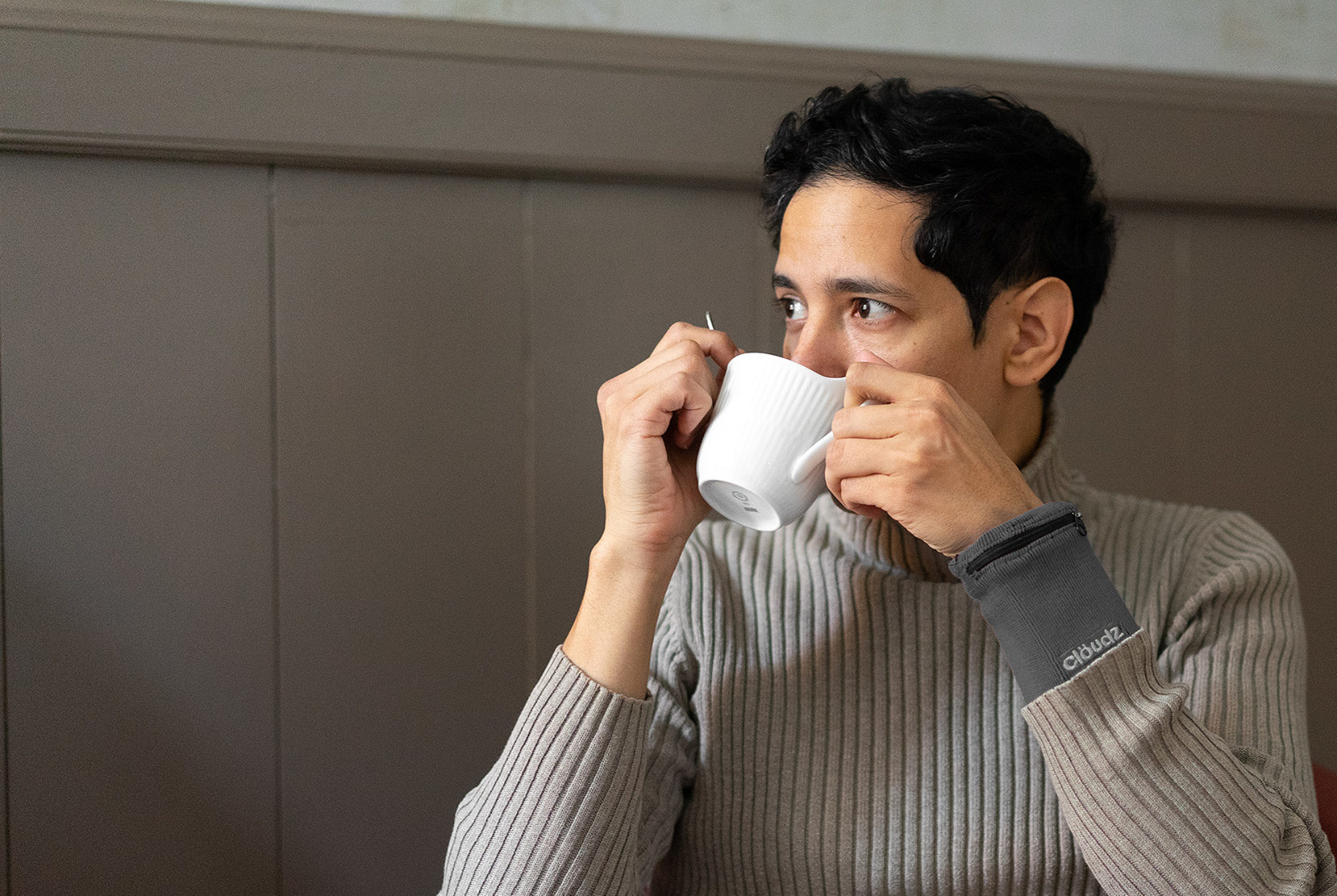To understand something new, we need to have a grasp of the many facets that make it. That is why multidisciplinarity is important and sought after. I have a multidisciplinary background. For over a decade, my goal has been to understand
Starting with my academic practice, I use philosophy and art history as a guideline to understand our present. Biotechnology and informatics are shaping our world, and in my view, art has a lot to contribute to the development of a better future. To imagine this future, I use Bonsai. Bonsai is at the same time an object of art, biotechnology, and nature. That is why I spent two years in Japan researching Bonsai and writing about its symbiosis with 21st-century biotechnology.
My work in museums and art institutions, make approachable the contents of all these disciplines. As a speaker, I am skilled at using media: photography, video, 3D visuals/animation, to effectively communicate with my audience. Right now I am developing my digital visualization skills to further improve in this area.
